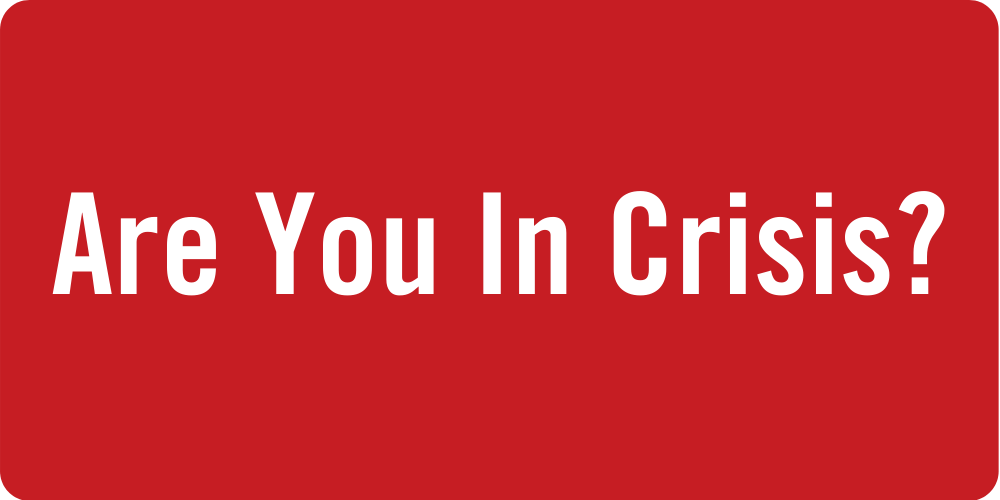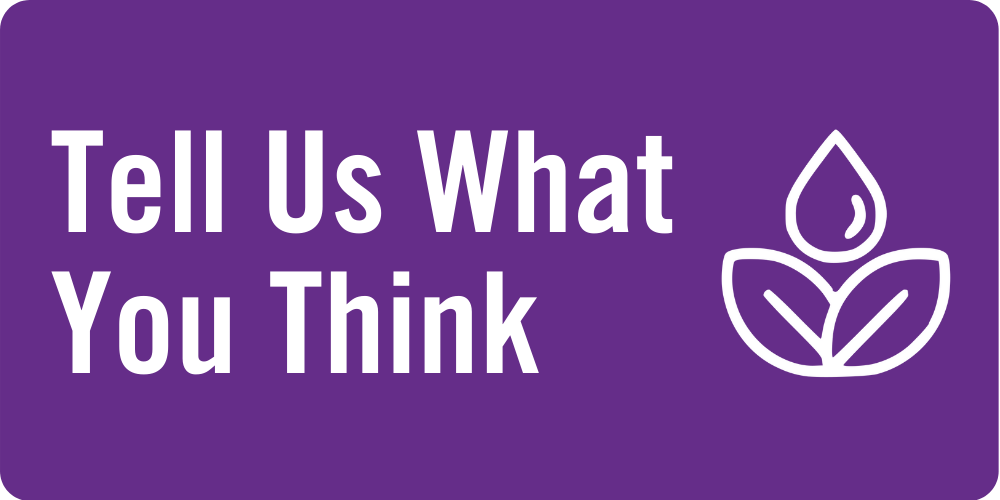World Suicide Prevention Day
September 10th marks World Suicide Prevention Day. Death by suicide is the second leading cause of death among Canadians aged 15-24 (Statistics Canada, 2017) and the most recent NCHA survey found that 16% of Canadian post-secondary students had seriously considered suicide in the past 12 months.
This year, debunking the myths surrounding suicide and bring an increased awareness of signs and symptoms might be more important than ever. The pandemic has caused stress and disruption for everyone and according to a nationwide survey released by the CMHA and UBC, this has caused pronounced mental health concerns- including suicidal thoughts and feelings- especially among: parents, those living with mental illness or mental health issues, Indigenous people, those with a disability or individuals in the LGBTQ+ community.
It is important to remember that individuals thinking about killing themselves do not want to die, they want to end their suffering. These individuals are feeling helpless and hopeless. It is also important to remember that suicide does not come out of nowhere, warning signs—verbally or behaviorally—precede most suicides. Therefore, it’s important to learn and understand the warnings signs associated with suicide.
The American Association of Suicidology has a mnemonic to remember warning signs frequently experienced or reported within the last few months before a suicide, or suicide attempt: IS PATH WARM? The specific warning signs are:
I – Ideation. Expressed or communicated suicidal ideation threatening to hurt or kill themself or having thoughts of doing so
S – Substance Abuse. Increased alcohol or drug use
P – Purposelessness. No reason for living; no sense of purpose in life, start giving things away because there’s no purpose in keeping anything, no reason to maintain their hygiene
A – Anxiety. Anxiety, agitation, unable to sleep or sleeping all the time, difficulty concentrating
T – Trapped. Like there’s no way out and things will never get better
H – Hopelessness. No future orientation
W – Withdrawal. Isolating from friends, family and society.
A – Anger. Rage, uncontrolled anger, seeking revenge, irritable
R – Recklessness. Engaging in high-risk activities, seemingly without thinking, impulsive behavior
M – Mood Changes. Dramatic mood changes, flat affect, depressed mood, acting out of character
Signs that someone is at more immediate risk of suicide might include:
Threatening to hurt or kill themselves, or talking of wanting to hurt or kill themself; and/or
Looking for ways to kill themself by seeking access to firearms, available pills, or other means; and/or
Talking or writing about death, dying or suicide, when these actions are out of the ordinary.
If you think someone is thinking about suicide- ask them. There is a misconception that bringing up suicide can put the idea into someone’s head, but in reality, talking calmly about suicide, without showing fear or making judgments, can bring relief to someone who is feeling isolated. A willingness to listen shows sincere concern; encouraging someone to speak about their suicidal feelings can reduce the risk of an attempt. If you aren’t sure how to start a conversation with someone who appears to be struggling, check out Jack.org’s Be There golden rules. If they are not immediately at risk, you can encourage them to talk to a counsellor or someone they trust and continue to check in on them.
If you or someone else is in crisis you can:
- Call 9-1-1.
- For Thunder Bay Campus security, call 807-343-8911.
- For Orillia Campus Security, call 705-330-4008 ext. 3912
- Call Crisis Response Services, a 24/7 crisis line staffed by Canadian Mental Health Association
- Thunder Bay- 807-346-8282
- Orillia- 705-728-5044
- Not on either campus?
- National Suicide Prevention Lifeline: 1-800-273-8255
- Suicide Hotlines Across the World
- GOOD2TALK post-secondary crisis line- 1-866-925-5454
- Crisis Text Line powered by Kids Help Phone- a free, confidential texting service, available 24/7/365. By texting GOOD2TALKON to 686868, post-secondary students in Ontario can be connected to a trained volunteer Crisis Responder who is there to listen and support students with any issue they’re facing.
- Crisis Service Canada: www.crisisservicescanada.ca
- First Nations and Inuit Hope for Wellness Help Line: 1-855-242-3310
- Service is available in Cree, Ojibway, Inuktitut, English and French.
- Trans Lifeline: 1-(877) 330-6366
To learn more about how talking about suicide can make a difference join the Canadian Association of Suicide Prevention webinar, it begins at 7 pm on Sept. 10 and can be found at https://suicideprevention.ca/event-3956222.
If you aren’t confident that you could support someone who is having suicidal thoughts and feelings- there is training available through Livingworks.




